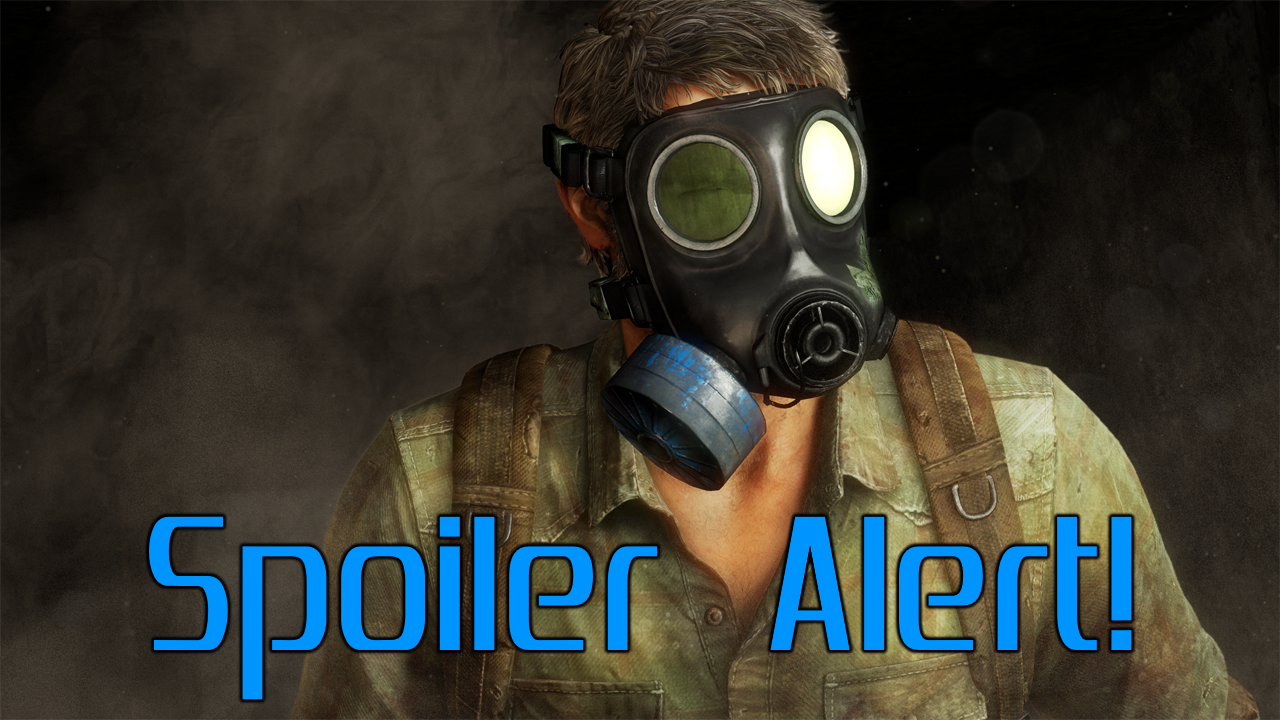
Spoiler Warning: There are minor spoilers ahead for The Last Of Us, both the TV series and the video game.
The Last Of Us is finally here! One of the television shows that I’ve been most keen to see over the past couple of years made its debut last week, and with two episodes under its belt, I think it’s a good time to share my first impressions of the show.
First of all, the narrative of The Last Of Us is just perfect for an adaptation like this. Video games have been notoriously difficult to successfully bring to the screen – but in my view, that’s because most previous attempts have been feature films, not television shows. A modern, serialised TV show is a far better option for almost all video game stories for one simple reason: length.

The Last Of Us was released on the PlayStation 3 back in 2013, and its main storyline took players anywhere from 16-20 hours, on average, to complete. There’s no way to condense a story like that into a film; even the longest works of cinema clock in around the three-hour mark. By choosing the small screen instead, Sony and developers Naughty Dog have played a masterstroke.
So before the show had even got started, it felt like there was a strong chance for success. If I’d have heard that The Last Of Us was going to be adapted as a film, I’d have been far less interested – because its complex, dark, and deeply emotional story needs more time to play out. And based on the first two episodes, it seems as though we’re in for a solid adaptation that doesn’t rush past or skip over key story points.
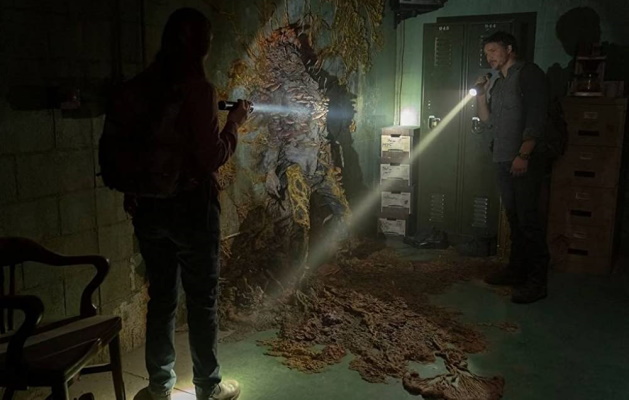
I was worried that I’d find Pedro Pascal miscast as Joel, if I’m being honest. Although Pascal was solid in Game of Thrones, and I’ve enjoyed his performances in other titles, like last year’s The Unbearable Weight of Massive Talent – which you should really check out, by the way, as it’s a solid action-comedy – I wasn’t convinced that he was the right fit for this part. Pascal underwhelms me in The Mandalorian, his other big made-for-streaming series, but that’s more to do with the writing rather than the performance; The Mandalorian doesn’t give Pascal a chance to show his emotional range (nor any range at all, come to that) which is where he shines in The Last Of Us.
So I’m glad to have been proven wrong about that! The central pairing of Joel and Ellie is both the driving force of the plot of The Last Of Us and also its emotional core, and I think we’ve seen the beginnings of that in the show’s first couple of episodes. Again, this is something that builds up slowly, and the initial part of the story – the part that we’ve seen so far – put Ellie with other characters at first. But there’s a hint of good things to come in the pairing of Pedro Pascal and fellow Game of Thrones alum Bella Ramsey.
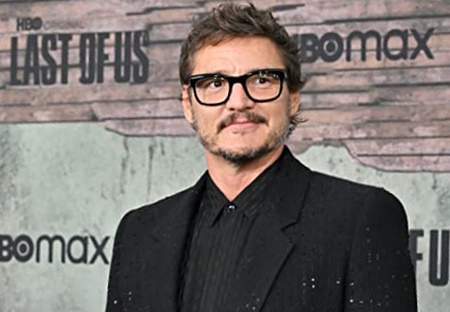
Image Credit: IMDB
It’s not a stretch to say that The Last Of Us is one of the best video games I’ve ever played. Mechanically the game is solid, and its stealth-action gameplay is decent – but that was hardly innovative in 2013. What made the game special was its narrative; the game’s story was one I’d long felt was worthy of an adaptation like this. Bringing it to a new audience, as well as providing fans of the game with an adaptation worthy of such a remarkable story, was the challenge that befell HBO – and so far, it seems that they’ve risen to meet it.
Bringing the post-apocalyptic world of The Last Of Us to screen successfully required a huge financial investment – not only to secure big-name stars like Pedro Pascal, but to create intricate sets that reflect twenty years’ worth of decay, and to craft animation work that provides a sense of scale. HBO backed up the show’s creators with a decent budget, and as a result The Last Of Us recreates the game’s hauntingly beautiful world – with a few changes along the way!
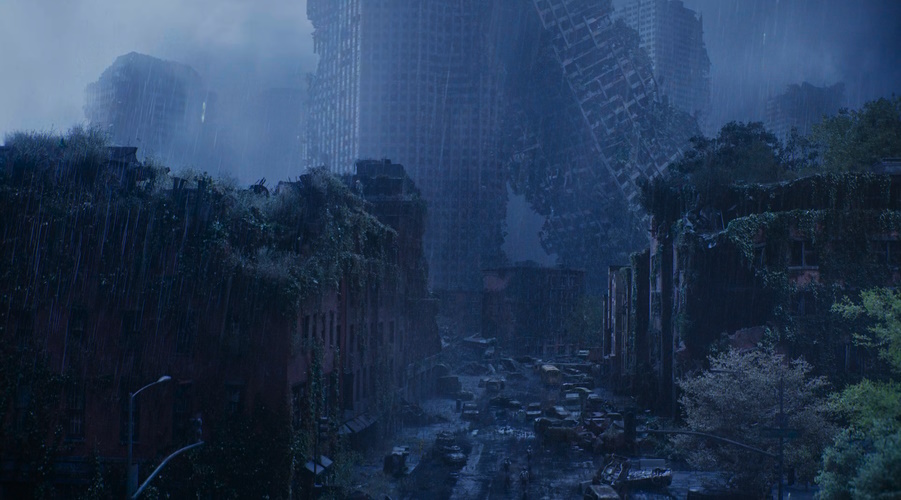
I don’t know whether there will be a reason for the decision to change the time period in which the story is set other than perhaps an attempt to play on some kind of hidden early 2000s nostalgia… but maybe there will be more to it than that, we’ll have to see. In the original game, the infection broke out circa 2013 (the year the game was released) with the main story taking place in 2033-34. Perhaps the creators of the show hoped to use a kind of “look at what life could be like right now in an alternate timeline” thing, but if that’s all there is to it I don’t think it adds anything.
In a way, the show might be more relatable, not less, if it were set in the 2030s or 2040s, amidst the decaying remnants of today’s culture, rather than reflecting the way things were twenty years ago. There were what I interpreted as subtle digs at the George W Bush administration and the general post-9/11 culture of the United States in some of The Last Of Us’ scenes and dialogue, but this is something that, to be honest, has been explored in far more depth – and far better – in numerous other works, and again I don’t think it added anything of substance. However, I’m content to wait and see if the time period and other setting changes are going to be paid off later.
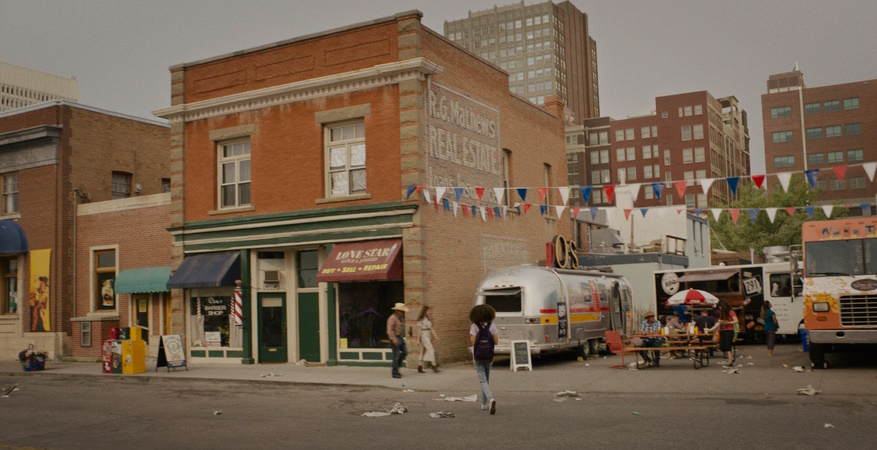
One thing that the show absolutely nails is its post-apocalyptic look. The faces of the characters are grimy and dirty from years of living in difficult conditions, the sets all show attention to detail with moss and mould, and every last element has been carefully crafted to simulate a world that is, for the most part, abandoned. CGI and animation work combine with practical effects and some very gruesome makeup to really sell the effect.
Two episodes in and I’ve already noticed multiple locations that look incredibly similar to the video game upon which the show was based. The flooded hotel in particular felt eerily familiar, and doubtless it would to anyone who played through The Last Of Us. There must be a temptation with an adaptation like this to shake things up and put the characters into different-looking spaces, but so far I’ve been struck by just how similar the locations have all felt.

The series has made some changes, though, and one of the biggest ones that’s become apparent so far is the relationship between Tommy and Joel. In the video game, Joel was estranged from Tommy by the time of the main story, with Tommy having left to join the Fireflies – an anti-government group whose objective is to both end the military government and find a cure for the cordyceps infection. In the show, however, a big part of Joel’s motivation is to reunite with Tommy, who seems to be a resident of the Boston quarantine zone along with Joel and Tess. It remains to be seen how this change will impact the story, and whether there’s a deeper reason for it.
Another notable change came toward the end of the second episode, with the events that unfolded at the State Capitol also being quite different when compared to the video game – though this one was less impactful as it took the main characters to more or less the same place.
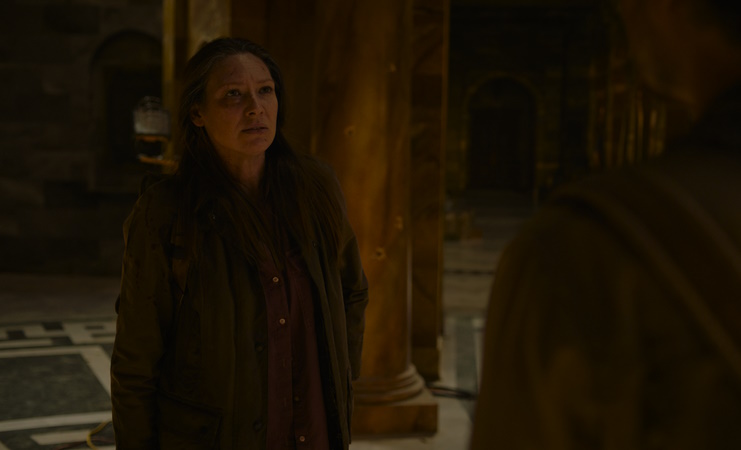
I’m not any kind of “purist” opposed to changes like this, and if they serve the story well and create an engaging narrative, it should be fine. But I do think it’s noteworthy in any kind of adaptation – be that of a book, film, or video game – when narrative beats and characterisations are altered. The Last Of Us worked so well because it’s such a strong character-driven story… and I guess all I can say is that I hope that making changes to that story and its characters won’t have any ill effects or unintended consequences!
There are advantages to changing things up, though. While fans of the game should be confident that they’re familiar with the broad strokes of the plot, smaller changes and additions keep The Last Of Us fresh even for folks who may have played through its story multiple times. That’s a net positive, in my view, and never being quite sure what will happen next is almost always a good thing for a television show like this as it seeks to keep the tension and excitement levels high!
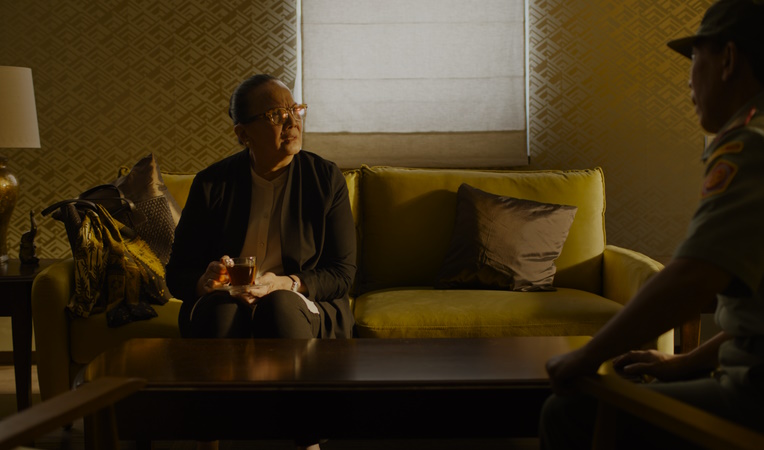
The addition of a sequence set at the very beginning of the outbreak, following a scientist and military officers in Indonesia, was interesting, and the show seems to be making a bit more of an attempt than the game did to explain the origin of its cordyceps infection. Even if that sequence is all we’re going to see, I still think it was a good idea to include it. Changing the disease’s origin from “South America” to Indonesia is certainly an interesting choice, though, and again I wonder if this is something that will be paid off down the line.
The Last Of Us has a beautiful and understated piece of music as its main theme. The Americana-inspired tune is pitch-perfect for the series, and the short, modern title sequence is in line with a lot of other shows in the serialised space; shows from Star Trek: Picard to Game of Thrones have all used CGI sequences like this. I don’t think that The Last Of Us’ theme will become quite so recognisable and iconic as some others, but it’s a great piece in its own right.
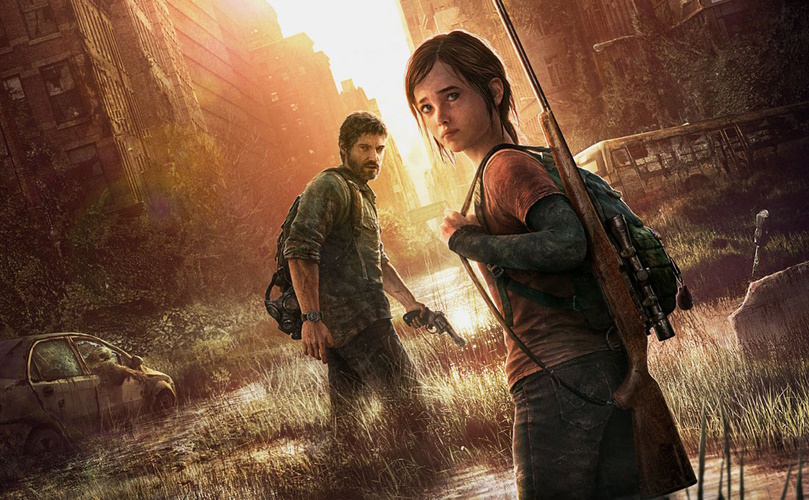
So let’s wrap things up! The Last Of Us is off to a great start. There are a couple of open questions; elements unique to the series or that have been changed from the source material, and I’m curious to see how that will play out as the story progresses. But overall, the show feels like a great adaptation. It’s easily one of the best video game adaptations that have been created so far, and certainly gives the Halo series on Paramount+ a run for its money!
For someone who isn’t a big horror fan, there were jumpscares and tense moments in The Last Of Us that were definitely pushing me out of my comfort zone as a viewer, but they were relatively few and far between in a complex, nuanced story that has plenty of other things to focus on. At no point did I feel I needed to switch off or skip ahead to get past a difficult or frightening sequence, and I think that’s to the show’s credit.
Above all, The Last Of Us is one of the most incredible and emotional stories that I’ve ever played through in a video game. Bringing that story to a wider audience and making it more accessible is a fantastic thing, and I hope that this series will succeed, bring in huge numbers of viewers, and introduce this wonderful story to a whole new group of folks – while still finding ways to keep it exciting and engaging for people who’ve already experienced it. Based on the first couple of episodes, there are plenty of reasons to think it’s up to the task!
The Last Of Us is broadcast on HBO and streams on HBO Max in the United States and is broadcast on Sky Atlantic in the United Kingdom. The Last Of Us is the copyright of Naughty Dog, Sony Interactive Entertainment, and HBO. This article contains the thoughts and opinions of one person only and is not intended to cause any offence.

